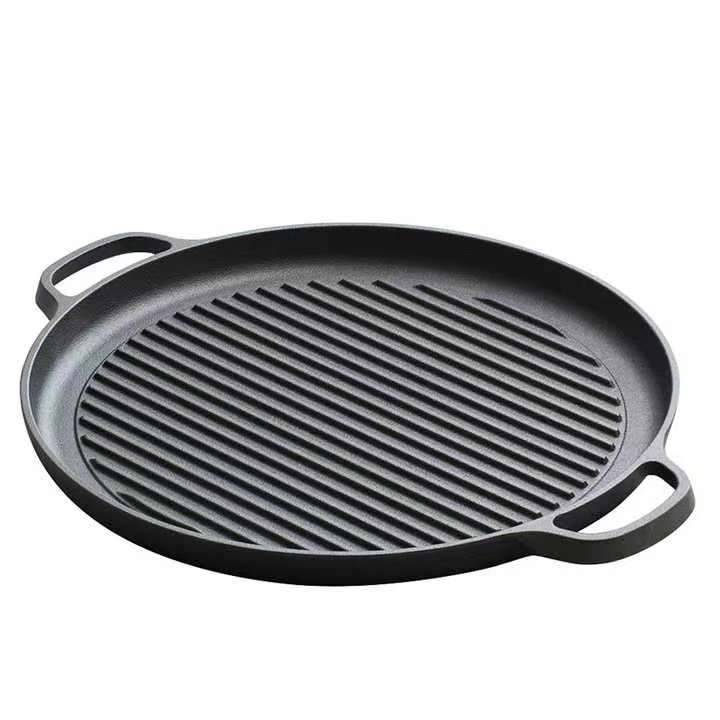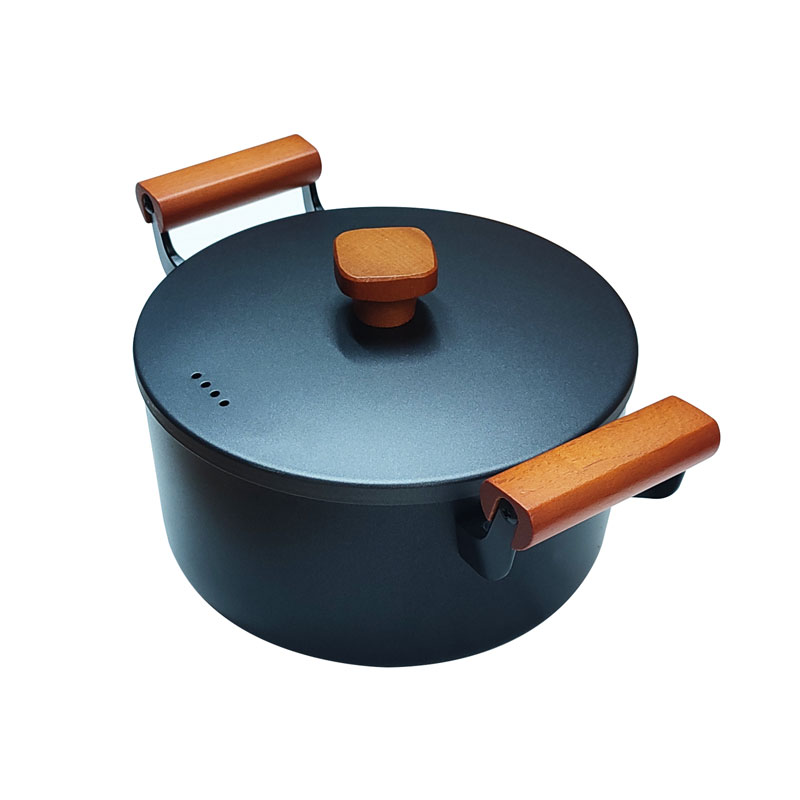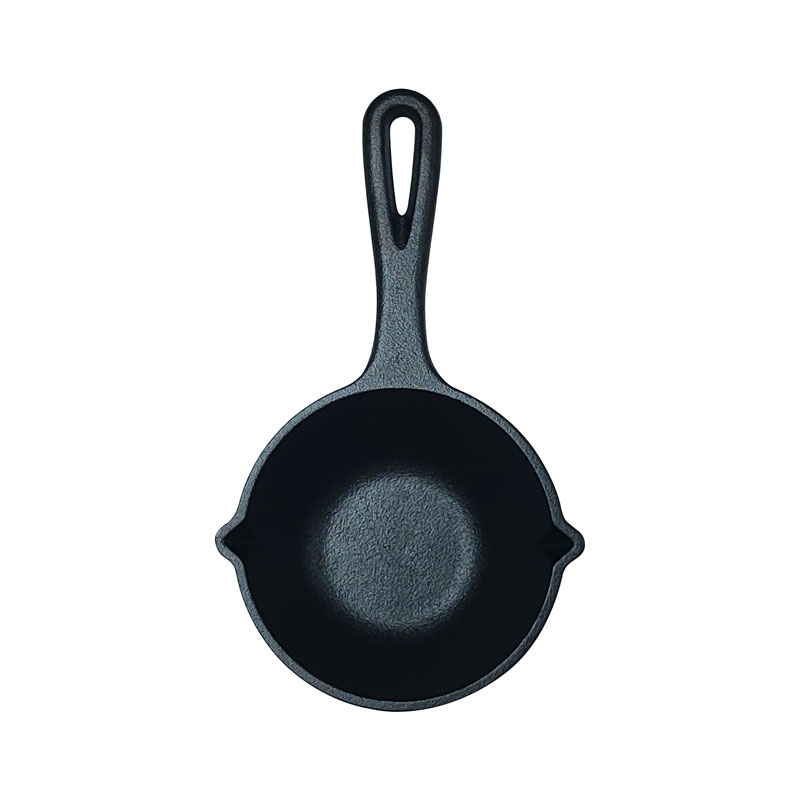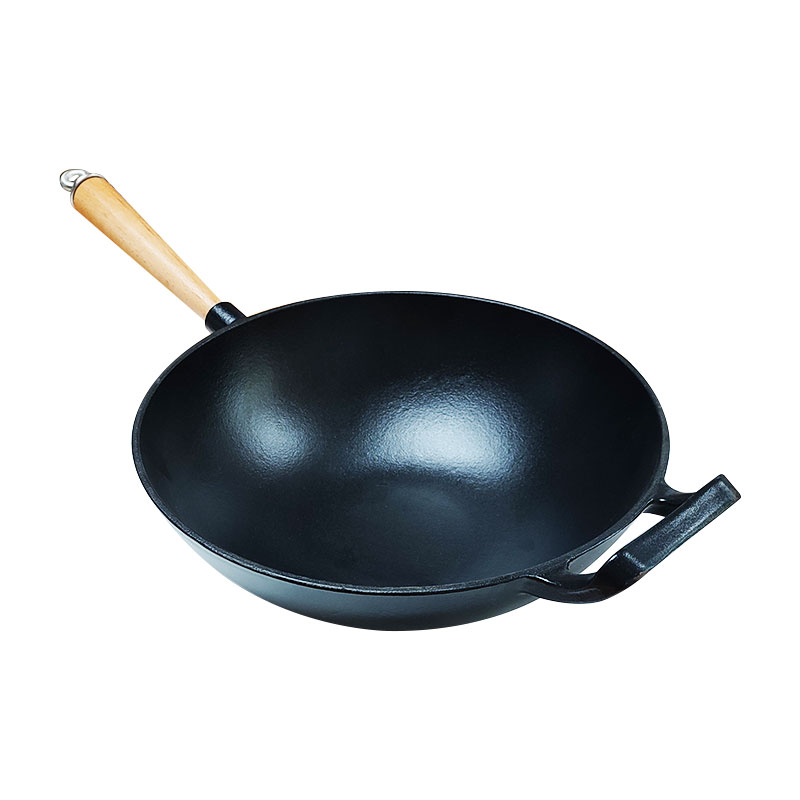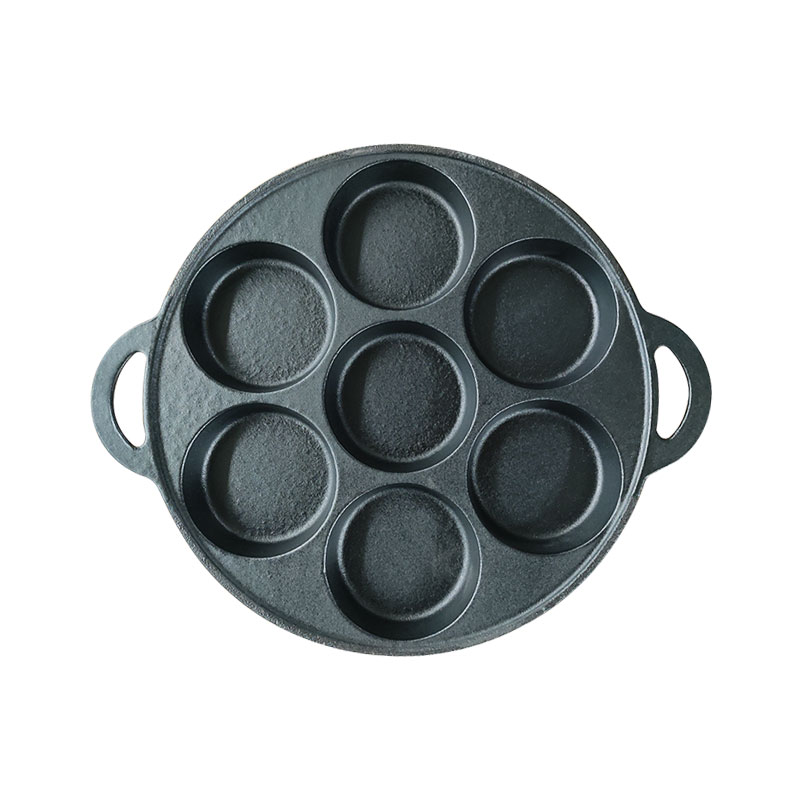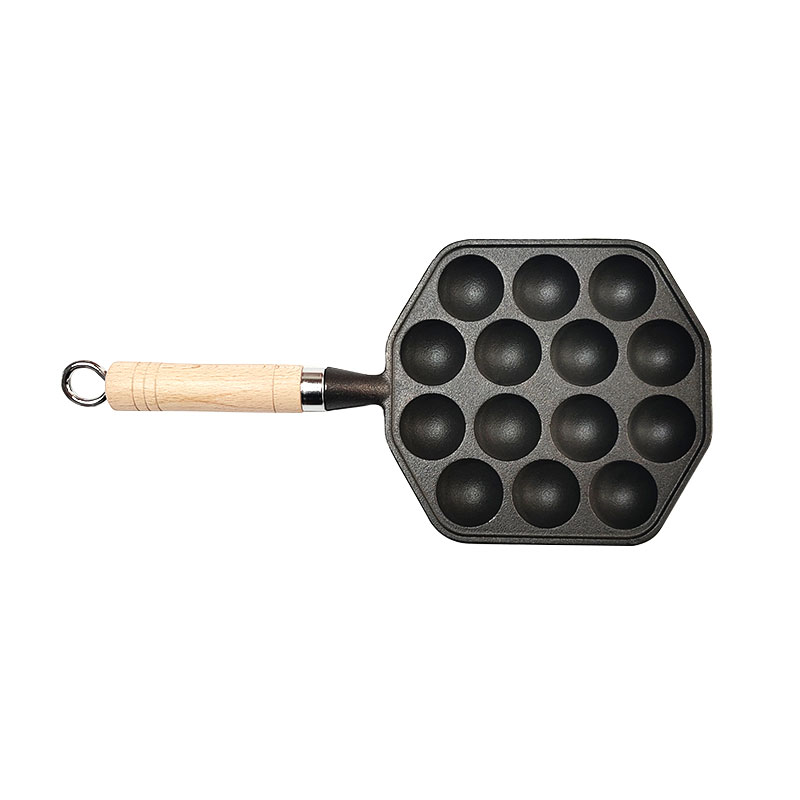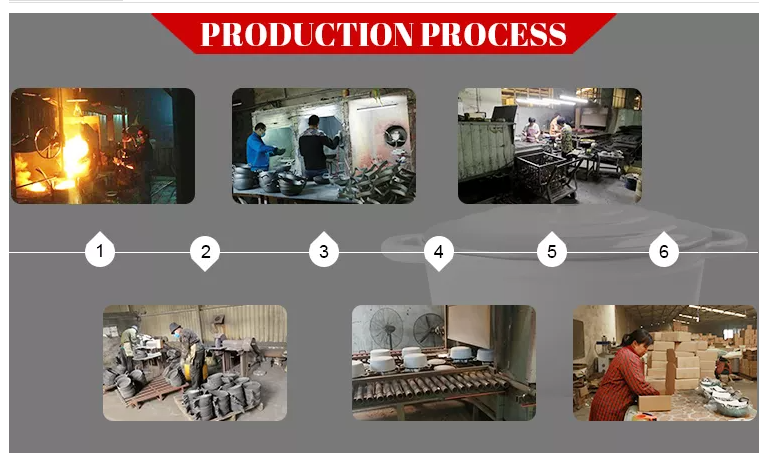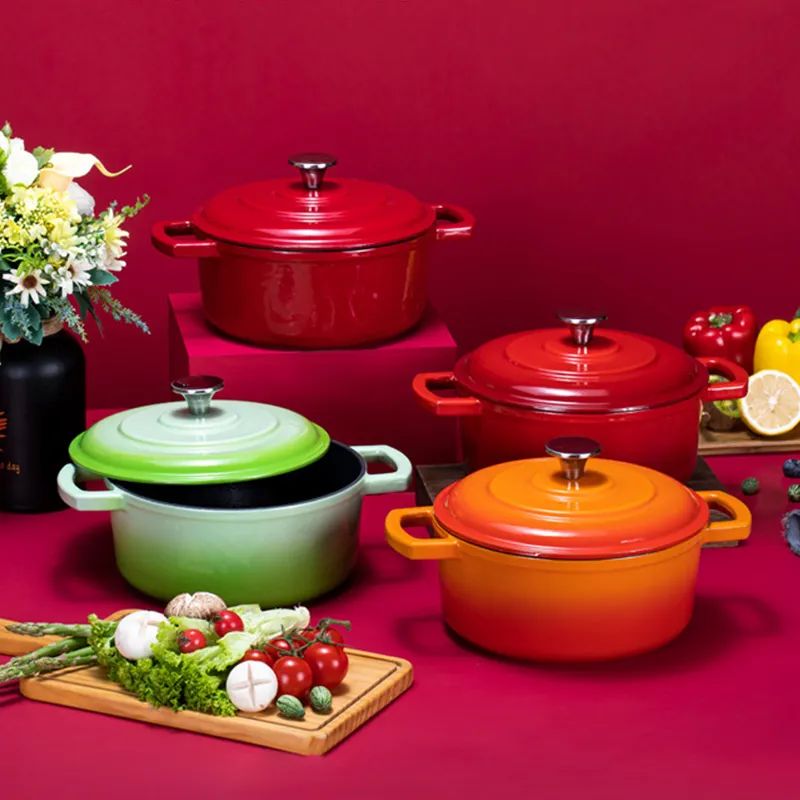
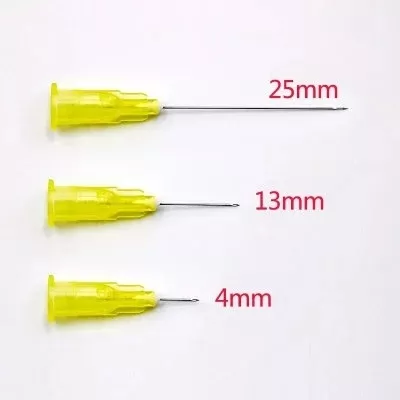
The competitive advantage of product line:
Advanced and strict production processing to make sure quality.Professional sales team provides best service and promotes reply for you.


FAQ
1. Qui sommes-nous ?
Nous sommes basés à Hebei, en Chine, depuis 2010, nous vendons en Europe occidentale (25,00 %), en Amérique du Nord (25,00 %), en Europe du Nord (10,00 %), en Europe de l'Est (10,00 %), en Asie de l'Est (10,00 %), au Moyen-Orient (10,00 %), en Asie du Sud-Est (10,00 %).
2. Comment pouvons-nous garantir la qualité ?
Toujours un échantillon de pré-production avant la production en série ;
Toujours une inspection finale avant expédition ;
3.Que pouvez-vous acheter chez nous ?
Batterie de cuisine en fonte, poêle en fonte, cocotte en fonte, plaque de cuisson en fonte, poêle à frire
4. Quels services pouvons-nous fournir ?
Accepted Delivery Terms: FOB,CIF,EXW,CIP;
Accepted Payment Currency:USD;
Type de paiement accepté : T/T, L/C ;
From Oven to Table: One-Pot Meals You Can Make in a Dutch Oven
A Dutch oven’s even heat distribution and tight-fitting lid make it ideal for one-pot wonders. Imagine a crispy-skinned roast chicken with tender vegetables, all cooked in one vessel. Or a crusty sourdough loaf with a chewy interior, baked directly in the pot to mimic a professional steam oven.
For comfort food, try a rich beef stew where the cast iron’s slow heat melds flavors deeply. Baked pasta dishes like lasagna or macaroni and cheese benefit from the pot’s ability to brown toppings while keeping interiors creamy. From breakfast to dessert, the Dutch oven’s versatility turns simple ingredients into impressive meals with minimal cleanup.
How to Clean and Maintain Your Pre-Seasoned Dutch Oven
To preserve your Dutch oven’s non-stick patina, avoid harsh scrubbing. After cooking, rinse with warm water and use a soft brush or sponge. For stuck-on food, simmer water in the pot to loosen residue. Never soak cast iron, as it can lead to rust.
Dry thoroughly with a towel, then warm on the stovetop to evaporate moisture. Occasionally, apply a thin layer of oil to maintain seasoning. If rust appears, scrub with salt or a mild abrasive, then re-season. With these simple steps, your Dutch oven will stay in pristine condition for decades.
Cast Iron vs Enameled Dutch Oven: Which One Is Right for You?
Traditional cast iron excels in heat retention and develops a natural non-stick surface over time, but requires seasoning. It’s ideal for high-heat searing and rustic cooking. Enameled versions offer a low-maintenance alternative—no seasoning needed, and they resist acidic foods like tomatoes. However, they’re less forgiving with extreme temperature changes.
Choose bare cast iron for authentic flavor development and durability, or enameled for easy care and vibrant colors. Your decision hinges on cooking style: purists may prefer raw cast iron, while busy cooks might opt for enameled convenience.










